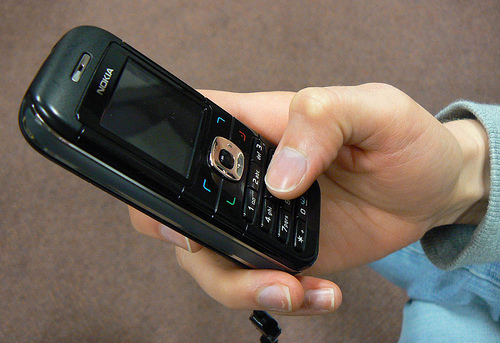Texting 9-1-1 Is The Future, FCC Says

Though many college campuses and other institutions, including some sports stadiums, have been using technologies that allow people to alert authorities to emergencies via text rather than phone call, an FCC report released Tuesday is the first step taken in a nationwide push to follow-up on the National Broadband Plan and upgrade the 42-year-old 9-1-1 system.
"The technological limitations of 9-1-1 can have tragic, real-world consequences,” FCC chairman Julius Genachowski said in a statement. “During the 2007 Virginia Tech campus shooting, students and witnesses desperately tried to send texts to 9-1-1 that local dispatchers never received. If these messages had gone through, first responders may have arrived on the scene faster with firsthand intelligence about the life-threatening situation that was unfolding.”
Seven out of every 10 of the 230 million calls placed to 9-1-1 annually already come from cell phones. Allowing for texting 9-1-1 may increase the number of requests put into the system, but it also eases and quickens the handling of emergencies, especially when people are in situations where talking poses a danger to their lives.
Reach executive producer Paresh Dave here. Follow him on Twitter: @peard33.



